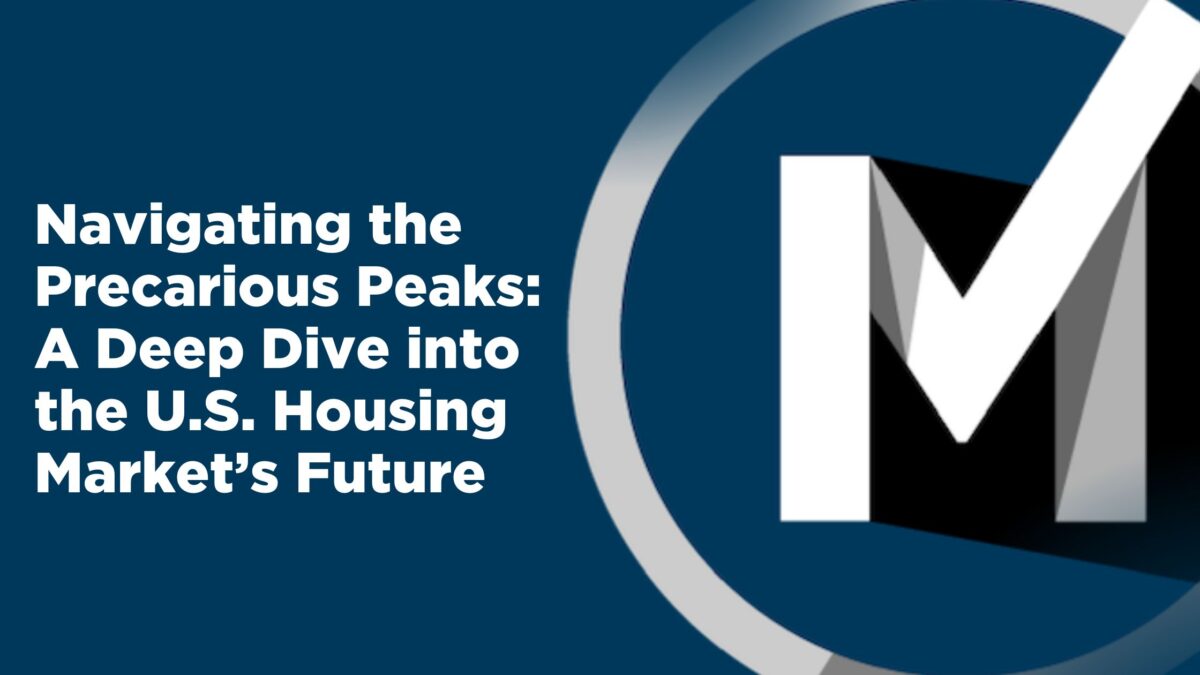
Navigating the Precarious Peaks: A Deep Dive into the U.S. Housing Market’s Future
As the sun sets on a pandemic-defined era, the American dream of homeownership teeters on the edge of a potentially stark reality. The U.S. housing market, a cornerstone of national wealth, finds itself at a crossroads, marked by a record-smashing $35.1 trillion in total homeowner equity in the second quarter of 2024. This monumental figure represents an astounding 85% increase since the second quarter of 2019, a period characterized by low interest rates, governmental stimulus, and a paradigm-shifting remote work revolution that has collectively sent housing demand through the stratosphere. Yet, as we stand atop this mountain of accumulated wealth, a looming question casts a long shadow—Is the American dream of homeownership about to become a financial nightmare?
The Surge in Homeowner Equity: A Double-Edged Sword
This unprecedented surge in homeowner equity might sound like a cause for celebration. After all, increased equity translates to more wealth for homeowners, right? However, beneath the frothy surface of these headline-grabbing figures lies a sobering reality. The current state of active housing inventory is beginning to reveal cracks in the foundation of our economy. States such as Tennessee, Texas, Idaho, Florida, Colorado, Utah, Arizona, and Washington are witnessing a resurgence to pre-pandemic inventory levels, with some metro areas even surpassing these figures. This resurgence, marked by a 34% increase in national active listings between September 2023 and September 2024, signals a potential shift in the market’s dynamics.
The Implications of Rising Inventory
For homeowners and prospective buyers alike, this rising inventory translates to a rebalancing of market leverage. Homes are lingering on the market longer, and the months of supply are inching upwards. This trend begs the question: Are we merely witnessing a seasonal adjustment, or is this the harbinger of a deeper market crisis? History has shown that when supply outpaces demand, home prices don’t just stabilize—they can plummet.
The Pandemic Housing Boom: A Recap
The pandemic housing boom was no accident. It resulted from a perfect storm of ultra-low interest rates, generous government stimulus, and a mass exodus from urban centers to more affordable locales, driven by the newfound feasibility of remote work. This frenzy of demand, met with an inadequate supply response, has led to overheated prices and a staggering 59.5% increase in the National Home Price Index from June 2019 to June 2024.
A Future Clouded with Uncertainty
As we peer into the future, a myriad of challenges looms large. Homeowners, comfortably locked into low-rate mortgages, face a conundrum. Sell and lose those enticing rates, or stay and potentially watch their paper wealth vaporize? Furthermore, external shocks such as spiking insurance premiums and natural disasters are exacerbating vulnerabilities, particularly in states like Florida and North Carolina.
The Economic Ripple Effects of a Housing Wealth Reversal
The housing wealth effect has historically influenced consumer behavior significantly more than stock market fluctuations. As home values surge, homeowners feel wealthier and are more inclined to spend on renovations, new cars, and vacations. Conversely, should this trend reverse, the repercussions could cascade through the economy, leading to reduced consumer spending, job losses, and a potential slowdown in economic growth.
The Quintessential Question: What Comes Next?
As the dust settles and we take stock of the shifting sands beneath our feet, the question remains—Have we reached the zenith of this housing wealth mountain, and is a descent inevitable? The signs, though not yet definitive, point towards a period of heightened vigilance and prudence. The future of the U.S. housing market hangs in a delicate balance, with every new listing, policy change, and economic shock potentially tilting the scales.
For homeowners and potential buyers, the path forward requires a mindful approach. Stay informed, weigh your options carefully, and consider the broader economic implications of your decisions. After all, the dream of homeownership, for many Americans, is not just about having a place to live—it’s about securing a financial foothold in the promise of the American dream.
Conclusion
As we navigate these uncertain times, the importance of staying informed and engaged cannot be overstated. The American housing market is at a pivotal moment, and the decisions made in the coming months will have lasting impacts on individuals and the economy at large. Let’s face these challenges head on, together, with open eyes and a readiness to adapt to the ever-changing real estate landscape. The dream of homeownership, and its role in the broader American dream, depends on it.






